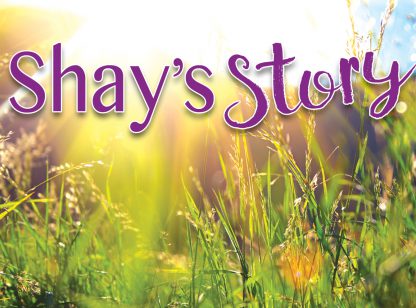The desert is an amazing landscape which can look barren and dry for months of the year and then in spring, vibrancy occurs. There is no better way to explore this beauty than through hiking.
This spring unveiled a burst of color on many plants like the beavertail cactus with bright fuchsia flowers which open to the sun each morning. Other desert plants such as the brittlebush, desert sand verbena and creosote are now in full bloom as well.
In addition to desert plants, hiking introduces you to many unique creatures like the blister beetle I recently noticed eating the copious yellow brittlebush flowers.
The blister beetle is a black and bright red-orange insect up to a couple of inches long. In the spring, a band of beetles will be dangling from the flower stalks on the brittlebush. When you learn the history behind their name, they become fascinating. When the beetle is threatened, it has the ability to pop a blood vessel in the joint of their leg, and a yellow fluid oozes out. When a predator gets a mouthful of this substance, it may be deterred from ingesting the beetle. In addition, this liquid can cause blisters on skin – hence the name. These interesting facts about the blister beetle caused me to think about our own reflexes and predispositions. The human species also has responses such as “fight or flight” which cause an increase in cortisone, or cortisol, in the midst of stress. If only we could pop a blood vessel like the blister beetle to avert all imminent stress!
Literally every nook and cranny of the desert holds a life lesson for us. Studying how every desert plant has been used by the Cahuilla Indians also uncovers more lessons of appreciation for both the Cahuilla culture and the plants themselves.
The creosote bush, which is one of the most predominant shrubs you see while hiking the desert floor, is just one example of the healing plants. Native Americans used its medicinal qualities extensively. This is one of the only bushes which stay green year round in the desert, producing yellow flowers with little fuzzy blossoms in spring. When it rains, the creosote is the most prevalently smelled plant in the desert air, emitting an intriguing earthy odor. The plant has been used to heal viral infections, as an anti-inflammatory medicine, and to treat the aches and pains of rheumatism. Cahuilla Indians crushed the leaves and boiled the plant until the steam rose or used it in a poultice. Likewise, nearly every other plant I passed on the hiking trail today was used medicinally in times past.
By learning about the cycles of nature and the healing power of plants on our desert floor, we can develop a reverent connection to the earth. Within each of us, there is a cycle of life stages, much like the seasonal cycles of nature. Be a silent observer of nature and marvel at the cycles of regeneration, hibernation and medicinal uses of the desert landscape.
















































Comments (0)